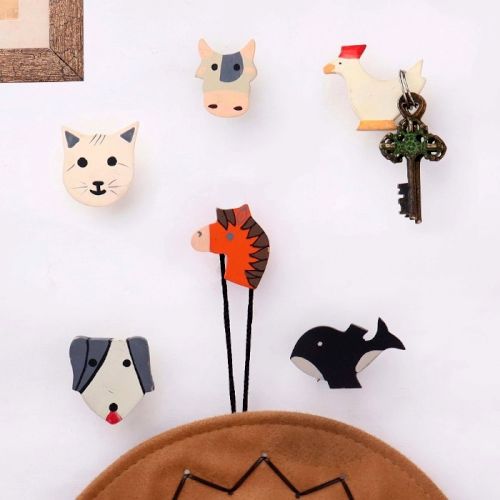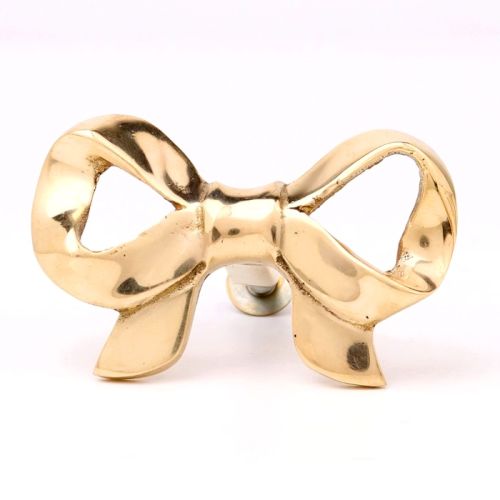-
Radha Krishna Pichwai Painting And elephant Motifs With Different forms of Krishna Li...
- ₹ 29,500.00
- 1 In Stock
What makes needle paintings the perfect art investment?
Embroidery is the stunning craft of recreating the elements of the natural environment on thread or yarn. The artwork is a laborious and time-intensive project that uses a variety of elements to recreate the best images. This makes needle paintings such a special and expensive investment but are a thoughtful gift for an art enthusiast.
Why you invest in needle paintings?
Embroidery originated from China and early embroidery dated back to 30,000 B.C. The archeological finds during this time include hand-stitched and well-decorated clothing. Slowly embroidery and needlework became a rage in Europe. Richly decorated clothes, garments, needle paintings, etc were used to adorn the households.
Commissioning these was a display of power and wealth. Before machines took over the process, each of these was painfully crafted over a period of days with care and attention. This made them an invaluable item that could be either displayed on the walls or gifted to loved ones to show care and attention.
The comeback of needle paintings
Embroidery and DIY needle paintings were once the favorite pastime of upper class and royalty. The same was originally a craft created by women but slowly men too entered into this calming craft. The likes of the King of Sweden, Henry Fonda, etc. have contributed to the craft.
Today these paintings are a vintage item. These draw inspiration from the national and international designs originally produced on flags, uniforms, handkerchiefs or may be a depiction of local scenes.
Buying traditional vs modern needle paintings
These days, needle paintings are created using machines or computerized equipment. This makes them look dull and lifeless when compared to the ones from the bygone era. Moreover, the style and techniques of the modern artwork are highly different from the original art pieces.
Thus, investing in these elements is an excellent way to redefine the entire appeal of your home. These paintings make the room appear airy and welcoming. Choosing these over other artwork helps to personalize the space, and also add a distinctive differential factor. Your home will be thronged by art lovers and heritage investors for your quality investment. These also help to cover-up small imperfections in the room.
How to Restore and Clean Needle Paintings
Paintings are essential to home decor because they make rooms more aesthetically pleasing and elegant. They can act as focal points and impact the overall ambience of the space. Moreover, Paintings add to the character and detailing of the house through vibrant landscapes or thought-provoking abstracts.
Though with time, paintings may lose their features and vibrancy if not taken care of properly, by following specific guidelines, we can improve the longevity and aura of a portrait.
Needle Painting Maintenance and Cleaning
Follow the below steps to clean the paintings -
- Avoid placing the painting in areas with much smoke or pollution because these substances can build up on the surface over time.
- A soft, clean, and dry brush, such as a soft-bristle or clean makeup brush, should be gently and frequently used to dust the painting.
- Handle paintings with clean hands to avoid transferring oils and dirt to the painting's surface, or wear sterile cotton gloves.
- Keep the painting away from harsh sunlight, high humidity, and sudden temperature changes.
- Use a sturdy frame that offers the painting the proper support and protection.
- To prevent paint damage, keep the humidity level in the display area stable.
- Never use household cleaning products, strong solvents, or abrasive materials on a painting because they can harm the paint and varnish layers.
Needle Painting Restoration
Start by thoroughly inspecting and evaluating damages such as cracks, discolouration, and flaking in painting.
Next, use soft solvents and swabs to remove accumulated dirt and grime carefully. Use reversible methods to patch rips and holes, adding fresh paint if necessary.
Ensure the tools and methods you use are compatible with the painting.
Retouch faded areas by carefully blending and precisely matching colours. Apply a shielding varnish as a final step to protect the repaired layers.
To maintain the tone and authenticity of the artwork, you must have the expertise, persevere, and adhere to art standards.
For More Products - Film Posters | Contemporary Paintings | Miniature Paintings | Metal Wall Art
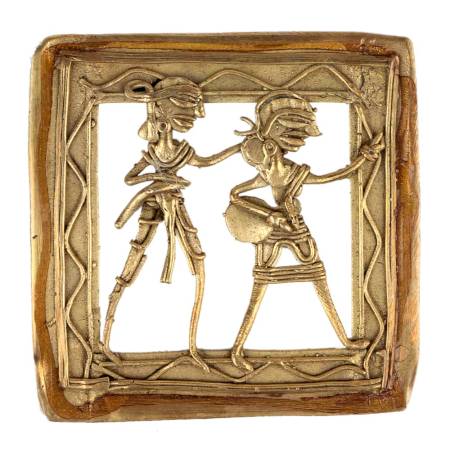

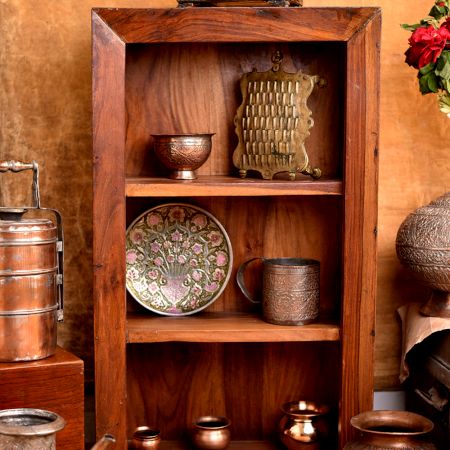
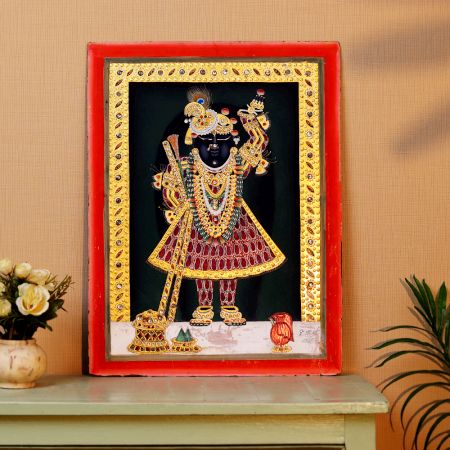
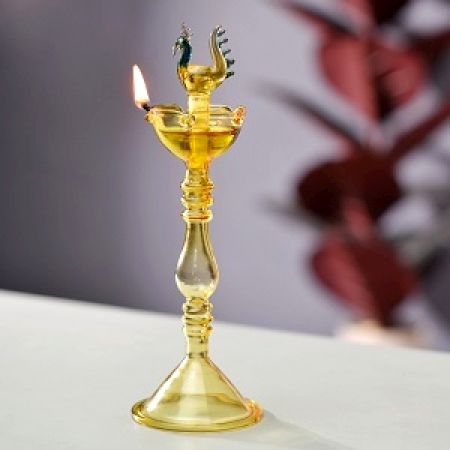



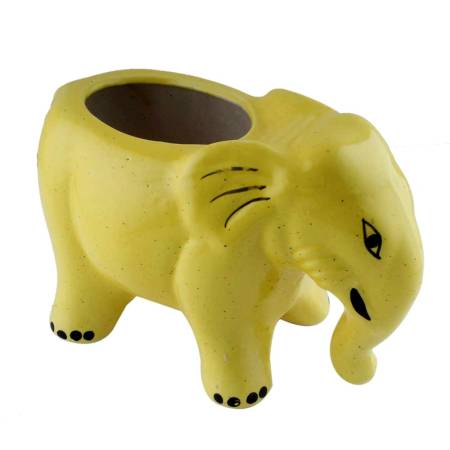
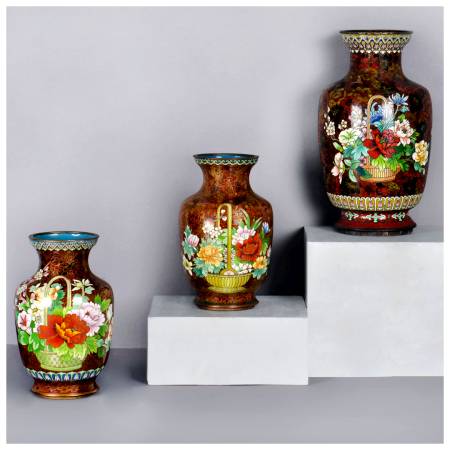
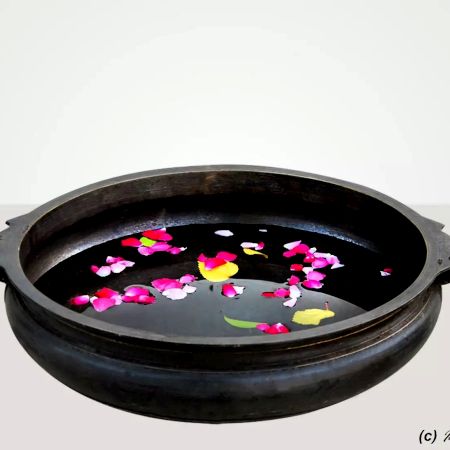
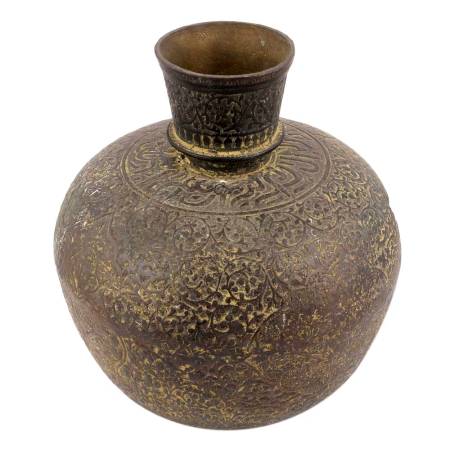
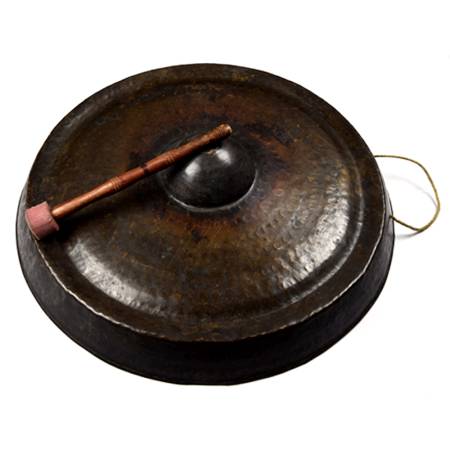

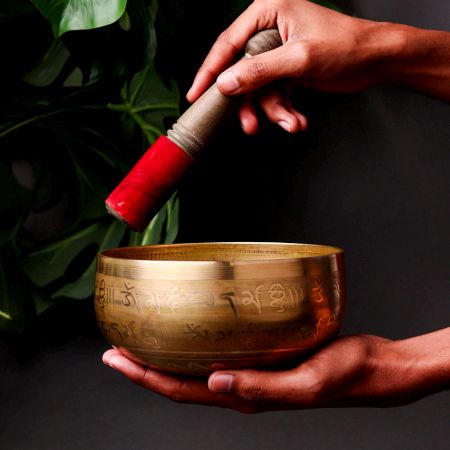


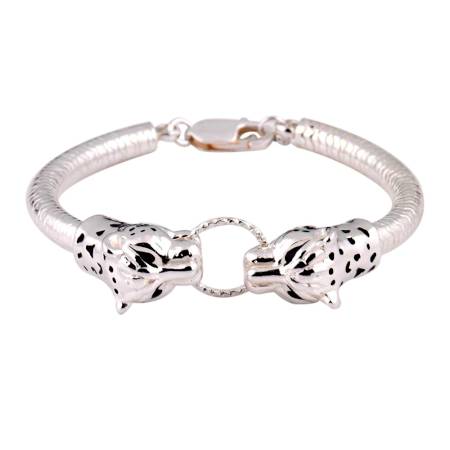
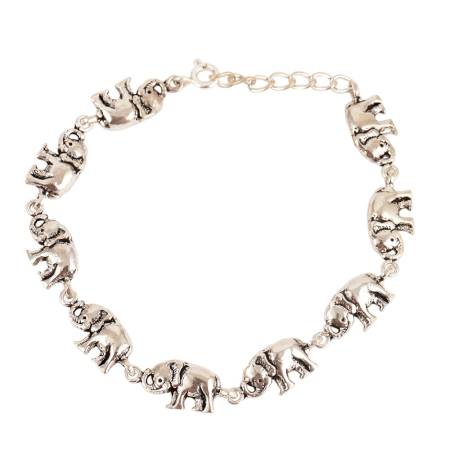
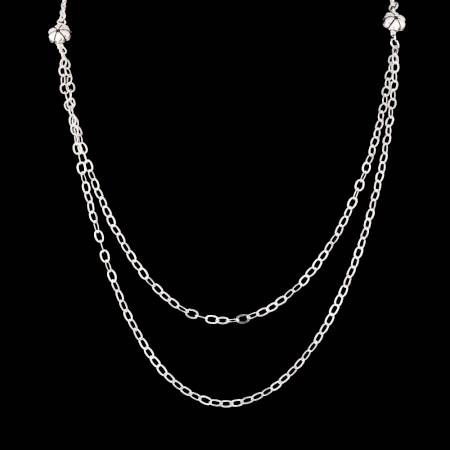
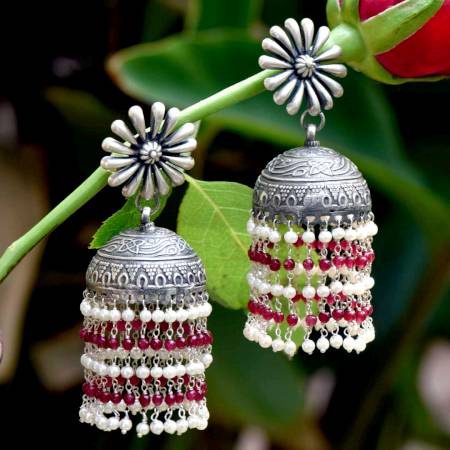
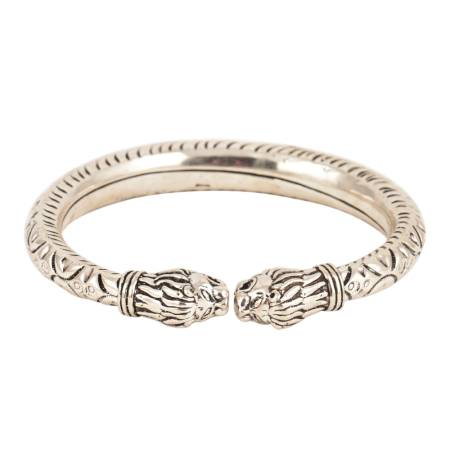
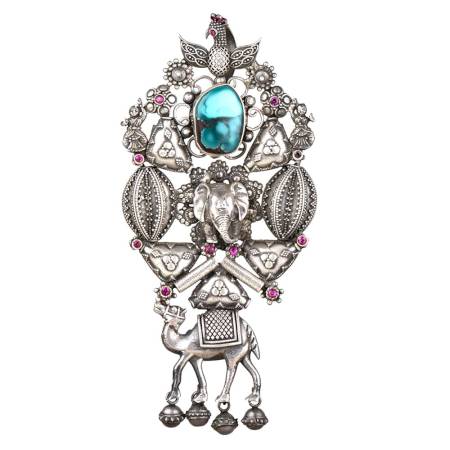
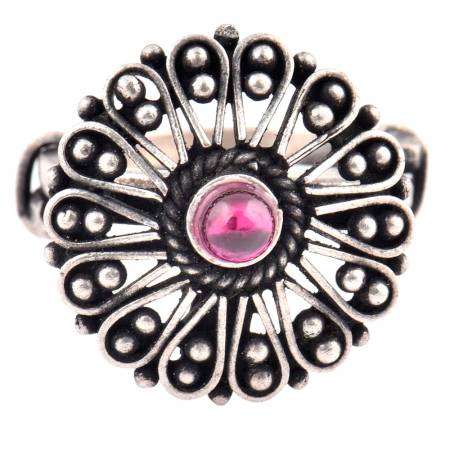
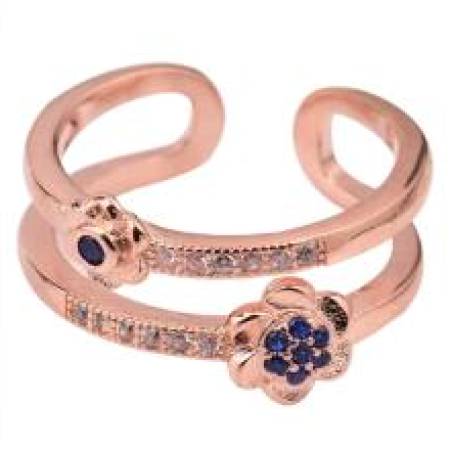
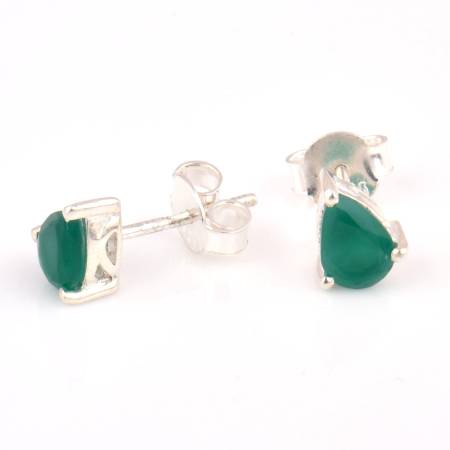

.JPG?ver=1.7)
.JPG?ver=1.7)


.JPG?ver=1.7)
.JPG?ver=1.7)




.JPG?ver=1.7)
.JPG?ver=1.7)
.JPG?ver=1.7)
.JPG?ver=1.7)
.JPG?ver=1.7)
.JPG?ver=1.7)
.JPG?ver=1.7)
.JPG?ver=1.7)
.JPG?ver=1.7)
.JPG?ver=1.7)
